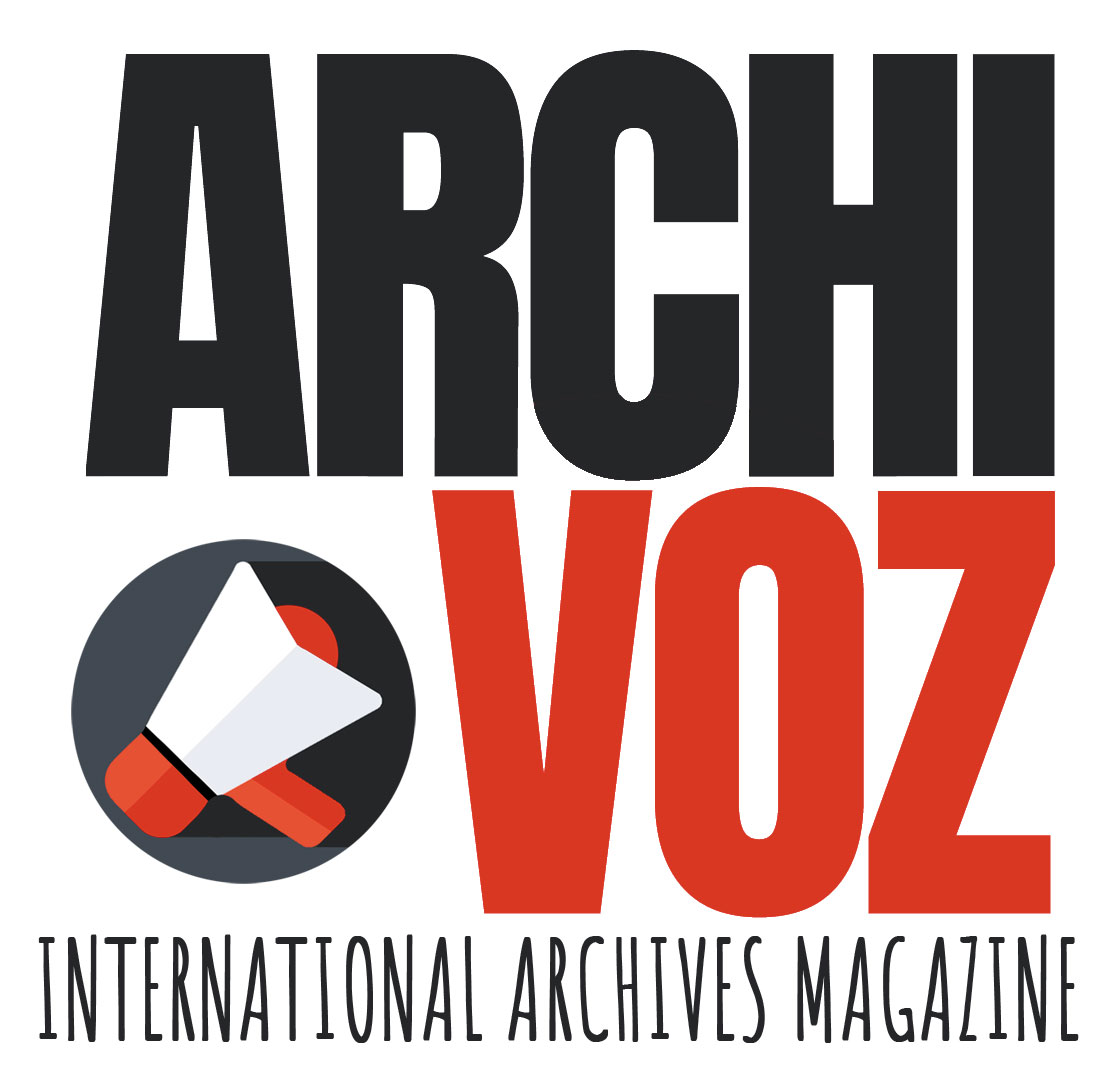THE RESTORATION OF GRAPHIC DOCUMENTS, in archives, libraries, and other cultural institutions…
While it may not be a new profession in great need of “discovery,” the subject of restoration having been broached on several occasions by Archivoz. Given the link between this profession and that of archives and libraries, it could not be otherwise.
On occasion, restoration is linked to conservation and preservation, but restoration in itself is an action that becomes necessary when these other measures have not been adequately performed. Furthermore, the need for restorative work is always anthropic in origin: people are both the disease and the remedy.
For this reason, we will explore the work of restoration in a series of articles in which I will break down certain ideas that, while they may be repeated often and disseminated widely, still do not receive the recognition they deserve—at least in my opinion—in the hopes that this sort of open and elementary elucidation will inspire a little more love for the important work that many of us do behind the scenes.

Organoleptic examination
After a century’s worth of globalization and mass circulation of information, we may be somewhat oversaturated with articles, studies, and reports related to our profession…but this does not mean that we should stop striving to meet and learn from colleagues who are often much closer to us than we realize.
Perhaps not in all archives, but in many, especially in those at the national and provincial levels, at least in Spain, a profession exists that is even less familiar than that of the archivist: the restorer. Other archives, perhaps not so well endowed, may not include dedicated staff, but may have access to outsourced conservation and restoration services, colleagues who care for and attend to their materials at a distance.
As with many other university and intermediate degrees, an exhaustive enumeration of the qualifications that accredit professionals in this field would be arduous and long. However, I must make reference to the various Higher Schools of Conservation and Restoration of Cultural Assets in Spain, as well as the public universities that offer similar degrees along with complementary master’s degrees that prepare graduates to practice the profession.
And although, as do almost all European countries, Spain retains certain curricular idiosyncrasies, much is being done in the name of standardization between programs of study, to be there and have all the same opportunities. Unfortunately, we tend to be lacking in our knowledge of practices outside of Europe, although the Internet conjures away some of those barriers, as do magazines like Archivoz. We must be more open to experiences from all regions of the globe.
In Spain, ACRE (Professional Association of Restorers and Conservators) works to raise awareness of our profession, acting as a standard-bearer for professionals in our field, seeking recognition of both our cultural heritage and those who protect it.
The profession is characterized by a well-balanced mixture of knowledge, continuous study, research, and practical manual work. The restorer’s hands, quotidian as this may be, are her primary tool.
Usually, when restoration becomes necessary it is because other conservation policies have failed or simply do not exist. To be frank, restorers are the last link in the chain of documentary custody. When an item or piece of documentation is considered to be beyond repair, they step into the gap.
Ideally, all institutions responsible for the safeguarding of graphic documentation will have preservation policies, including with the necessary training for staff, dedicated space, and at least one reference restorer on hand. These policies can be as simple as planning for space, workflows, and proposed rules of use and handling. This situation is analogous to that of technical staff in museums, since no one would think this type of professional unnecessary.
We also find that the term Conservation-Restoration is often combined, although the two practices are not the same.
Restoration is in itself an intervention performed on a physical item, but it is also more than that. When the time comes to act, the work to be done on the graphic documents first must be researched, checked and double checked, which means that the original diganosis of the problem is one of the most important steps. This is the point at which academic studies and professional experience intersect. The principle of respectful prudence is thus allied with controlled, patient and unequivocal action.
An ethical first principle is that of minimal intervention. We strive to respect the item, its history and its components in order to guarantee the correct remediation, so that the documents in question reach future generations with their integrity uncompromised.
A work’s reception, the organoleptic examination, the standardized recording of data, the photographic study, the variety of possible treatments and the choice of the most appropriate are the first steps in our process. If we need advice, have questions, or wish to discuss our ideas, we consult with researchers or other professionals, which is one of the most rewarding parts of our job. We learn from sharing our experiences; in this way, we avoid mistakes and, most importantly, we grow as professionals.
The preservation and, if necessary, the restoration of our documentary cultural heritage is in our hands, and we join hands with professionals, such as archivists, in a number of other fields.
In the next chapter, I will discuss the materials with which we work.

Verónica Ojeda Jiménez
Content Editor, Archivoz
Restoration Technician, Graphic Documents – Center for Restoration and Conservation of Graphic Documents, Island Council of La Palma
Trained as a historian and restorer, with a vocation and predilection for cultural heritage in all its variants, with 20 years’ experience in public service. Specializes in documentary, bibliographic, graphic and artistic heritage.
Translated in English by Vance Wood



